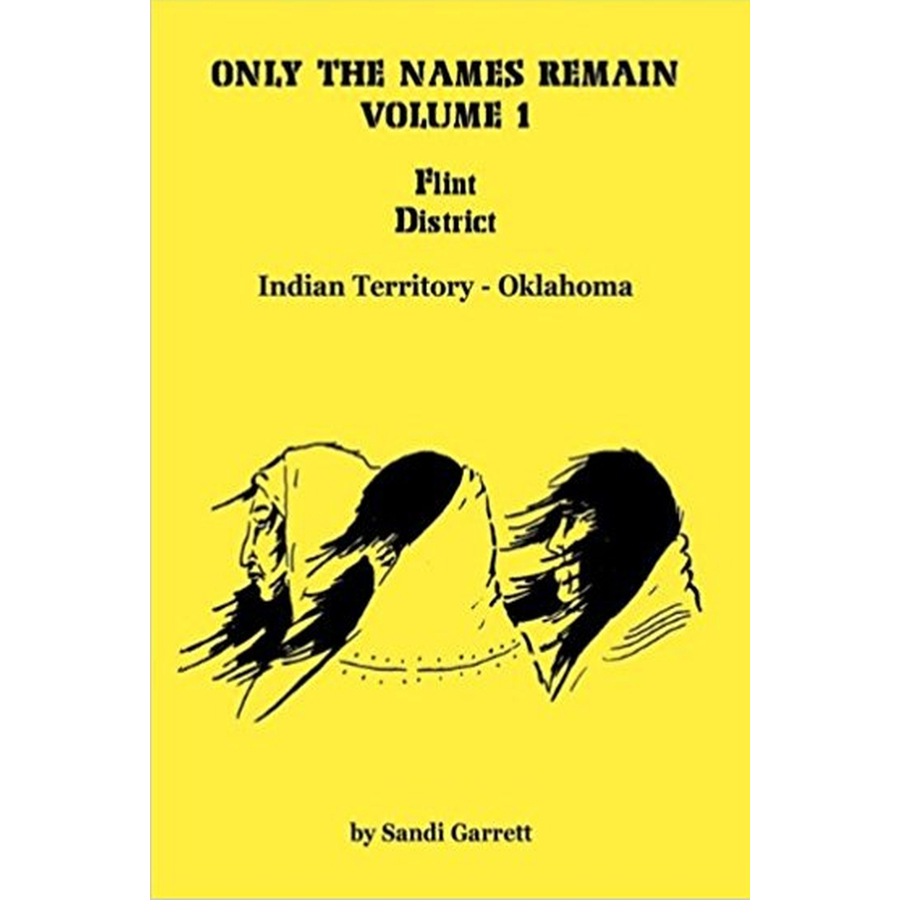Only the Names Remain, Volume 1: Flint District, Indian Territory-Oklahoma
Couldn't load pickup availability
This series linking the Drennen Roll and the Guion Miller Applications is a MUST for anyone researching Cherokee ancestry. Article 9 of the Treaty of August 8, 1846, between the United States government and the Cherokee Nation called for "a fair and just settlement of all moneys due the Cherokees under the Treaty of 1835." The Drennen Roll was compiled in 1851 to determine eligibility to receive settlement payments for persons claiming membership in the Cherokee Nation at the time of its forced removal from the Cherokee Nation East. This roll was in turn used by the United States government in the early 1900s to determine the eligibility of the Guion Miller Roll Applications, which, like the Drennen Roll, concerned settlement payments to the Cherokee. At the time of the Drennen Roll in 1851, most of the Cherokees did not have a white name and many did not have a last name. Surnames came about during the Civil War or when a census taker assigned a white name. Frequently, there were name changes between the Drennen Roll and the Guion Miller Applications (taken from 1906-1910). This text lists the names of all family groups and family members living in the Districts of Indian Territory (now Oklahoma) recorded in the Drennen Roll, cross-referenced with their names and application numbers or relatives who later filed Guion Miller Applications.
Sandi Garrett
(2001), 2008, 8.5" x 11", paper, index, 106 pp.
ISBN: 9780788418884
101-G1888
